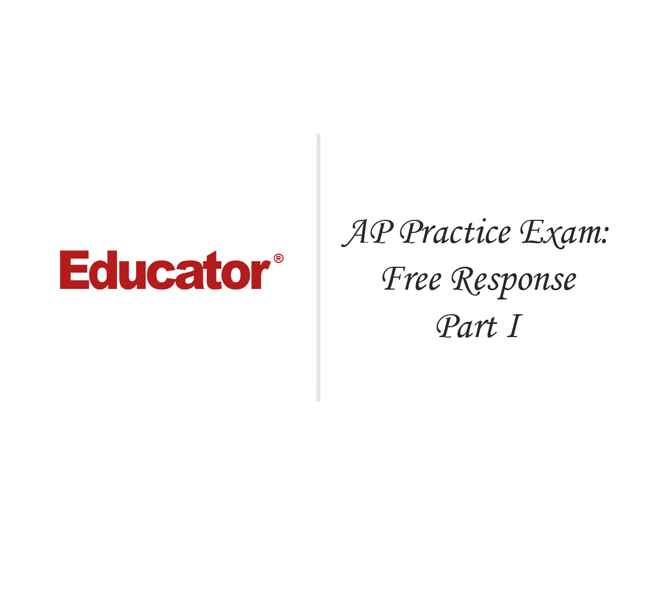Connecting...

For more information, please see full course syllabus of AP Chemistry
AP Chemistry AP Practice Exam: Free response Part I
This lecture covers two free response questions from the 1999 AP Chemistry practice exam. The first covers some of the reactions of ammonia. It demonstrates how to find pH, calculate an equilibrium constant, find an equilibrium concentration, determine percent ionization, and find an equivalence point using titration. The second question focuses on the properties of light and the energy required to break the Cl-Cl bond. It explains how to convert the wavelength to frequency, calculate the energy of a photon, and calculate the energy of a bond. The second part of the question is about the energy levels of electrons in the hydrogen atom and explains the emission of light, the wavelength of the radiation from a spectral line, and the energy associated with electronic transitions.
Share this knowledge with your friends!
Copy & Paste this embed code into your website’s HTML
Please ensure that your website editor is in text mode when you paste the code.(In Wordpress, the mode button is on the top right corner.)
- - Allow users to view the embedded video in full-size.










































 Answer Engine
Answer Engine




1 answer
Thu May 1, 2014 9:57 PM
Post by Nada Al Bedwawi on April 29, 2014
Hi professor, in 27:08 I thought that 35 ml not 30 ml of the solution was used to neutralize the base. Please help clear this out for me. Thanks.
0 answers
Post by Professor Hovasapian on July 18, 2012
Link to the AP Practice Exam:
http://apcentral.collegeboard.com/apc/public/repository/chemistry-released-exam-1999.pdf
Take good Care
Raffi